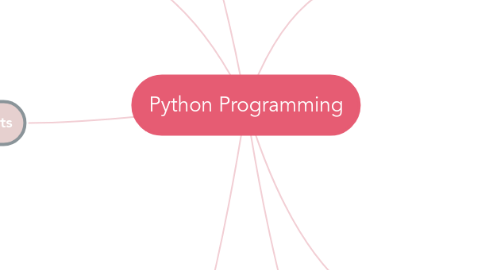Python Programming
作者:Rah Elwakiel

1. Data Types in Python
1.1. Numeric
1.1.1. Integer
1.1.2. Float
1.1.3. Complex
1.2. Non-Numeric
1.2.1. Strings
1.3. Boolean
2. Loops
2.1. Finite Loop
2.2. Infinite Loop
2.3. break()
2.4. pass()
3. Conditional Statements
3.1. If Statements
3.2. If - Else Statements
3.3. If - Else - If Statements(elif)
3.4. Nested If Statements
4. Python Libraries
4.1. NumPy
4.2. Pandas
4.3. SciPy
4.4. Matplotlib
4.5. scikit-learn
4.6. TensorFlow
4.7. Scrapy
4.8. PyTorch
4.9. Keras
4.10. NLTK
4.11. Theano
4.12. Pygame
4.13. Beautiful Soup
4.14. Requests
5. Features
5.1. Easy to code
5.2. High-Level Programming Language
5.3. Free and Open source
5.4. Object-Oriented Language
5.5. GUI Programming Support
5.6. High-Level Language
5.7. Extensible feature
5.8. Python is Portable language
5.9. Python is Integrated language
5.10. Interpreter Language
5.11. Large Standard Library
6. Variables in Python
6.1. Can be Alpha Numeric
6.2. Can't start with Numbers
6.3. Always start with Alphabet
6.4. Memory pointers
6.5. No Special Characters (except '-')
6.6. Case Sensitive
7. History
7.1. Developed by Guido Van Rossum
7.2. First released in 1991
7.3. Name inspired by 'Monty Python's Flying Circus'


